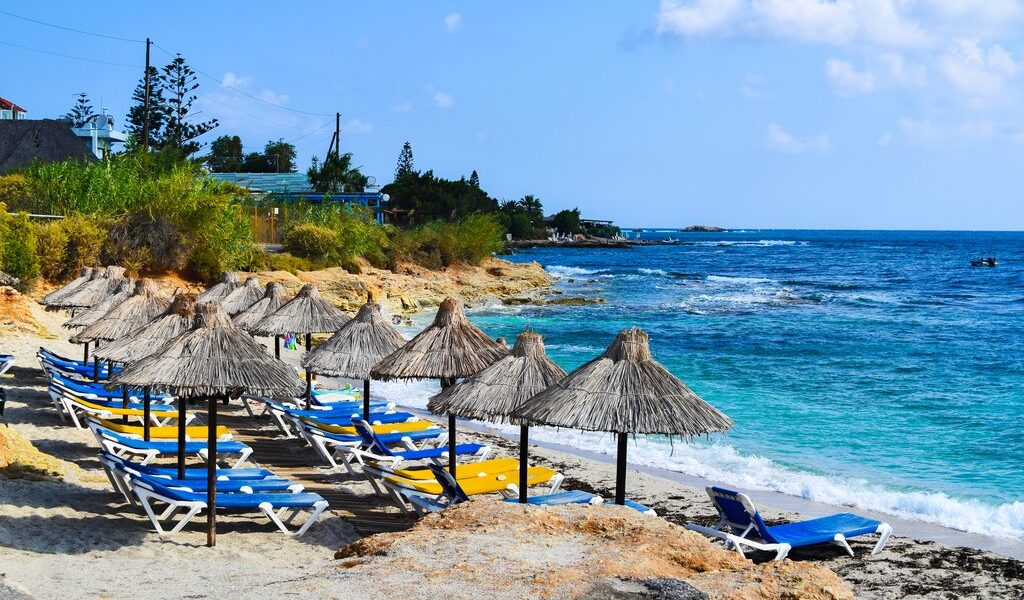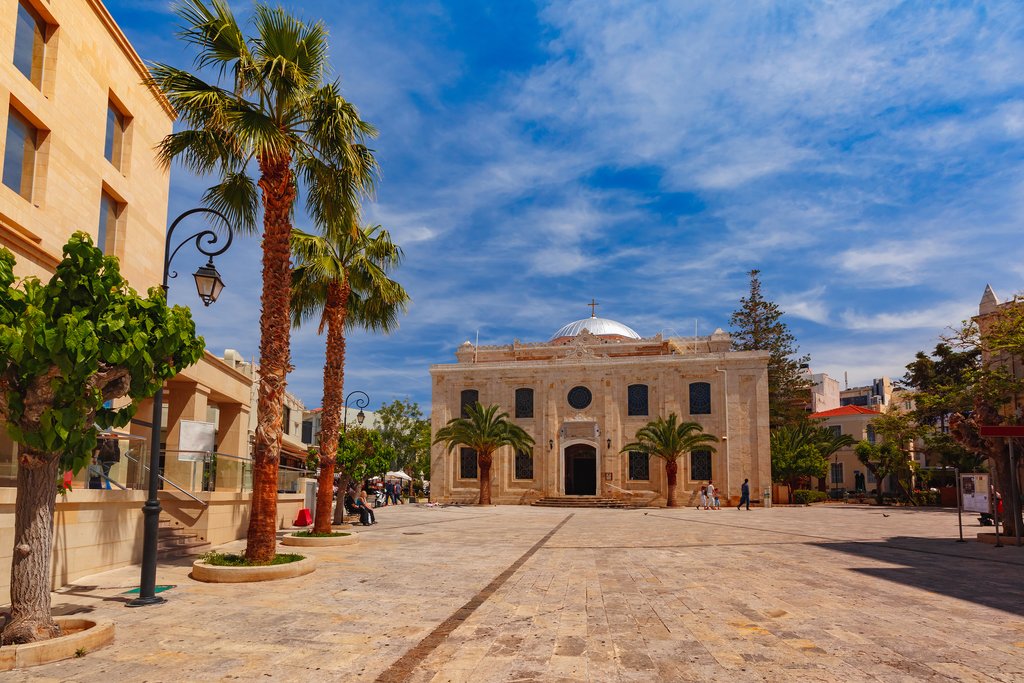
Ancient history, pleasant weather, and tantalizing cuisine draw travelers to Crete throughout the year, with the majority arriving during the summer high season. The spring and fall shoulder seasons are quieter, making them a good time to visit. Crete’s climate is mild and Mediterranean, but also offers variety—visitors can enjoy the island’s beaches in the summer, or head to its mountainous regions in winter for outdoor sports. Below, you’ll find some useful tips to help you plan your trip.
## Seasonal Planning for Crete Travel: A Comprehensive Guide
When embarking on a journey to the captivating island of Crete, strategic packing is key to ensuring a comfortable and fulfilling experience, no matter the season. The island boasts a diverse climate, and being prepared for varying conditions will enhance your exploration. Although the warmth of summer in Crete is undeniable, with temperatures rarely dipping into truly cold territory, it’s wise to remember that long pants, or skirts for women, remain invaluable items for visits to monasteries and other religious sites. These locations often have dress code requirements, and modesty is always appreciated.
For those planning their Cretan adventure during the sun-drenched months from May to October, embracing the quintessential summer attire is a must. Pack shorts, swimwear, and light, breathable fabrics to fully enjoy the island’s stunning beaches and inviting waters. Conversely, if your travel dates fall within the wetter winter months, a set of reliable rain gear will prove to be a lifesaver, allowing you to explore the island’s charm even amidst occasional showers.
Understanding the nuances of each season in Crete will enable you to tailor your itinerary and pack accordingly, maximizing your enjoyment of this remarkable destination. Each season offers a unique perspective and array of activities.
|
Season |
Pros | Cons | Best for | Where to Visit |
| June through August (Summer) | Good beach weather abounds, days are filled with long daylight hours, and opening times at museums are extended for optimal exploration. | Attractions tend to be very busy, with larger crowds and higher demands. Accommodation can be pricey due to increased tourist traffic. | Ideal for visiting beaches and swimming in the crystal clear waters, as well as extensive sightseeing to iconic landmarks and historical sites. | The Heraklion Archaeological Museum, with its extended hours, is perfect for in-depth exploration. Seek out off-the-beaten-path beaches for quieter sunbathing experiences. |
| September through November(Fall) | Cheaper prices are common as the peak season subsides. The temperatures are noticeably cooler, offering a respite from the summer heat, and there are fewer crowds than in the summer months. | The weather can sometimes be chilly or rainy, especially later in the season, which might affect outdoor plans. | Perfect for relaxing on beaches with fewer people, exploring archaeological sites at a comfortable pace, and trying fresh vegetables and olives during harvest time. | Visit Phaistos, Malia, and Gortyn to immerse yourself in the rich ancient history of Crete and explore the fascinating ruins. |
| March through May (Spring) | Blooming flowers create picturesque landscapes, comfortable temperatures make exploring pleasant, and the opportunity to celebrate Easter and Greek Independence Day adds cultural richness. | There is a chance of rain, particularly in early spring, and some attractions may be closed on holidays, requiring careful planning. | Enjoy the vibrant spring flowers, experience unique Greek Easter customs, and visit archaeological sites before the summer heat and crowds arrive. | Visit Spinalonga in April and May to avoid the crowds that gather later in the season, ensuring a more peaceful and immersive experience. |
| December through February (Winter) | Thinner crowds make for a more intimate experience at major attractions. Off-season deals and discounts on accommodation and activities are readily available, and Christmas celebrations offer a festive atmosphere. | Many attractions are closed or have limited opening hours, and the weather can be rainy and cold, limiting certain outdoor activities. | Enjoy the winter harvest of fresh lemons and oranges, savor Christmas treats and traditions, and experience a different side of Crete. | Explore the Cretan mountains for hiking and perhaps some light winter sports, taking in the breathtaking scenery and peaceful atmosphere. |
## Summer in Crete (June through August): A Sun-Drenched Paradise
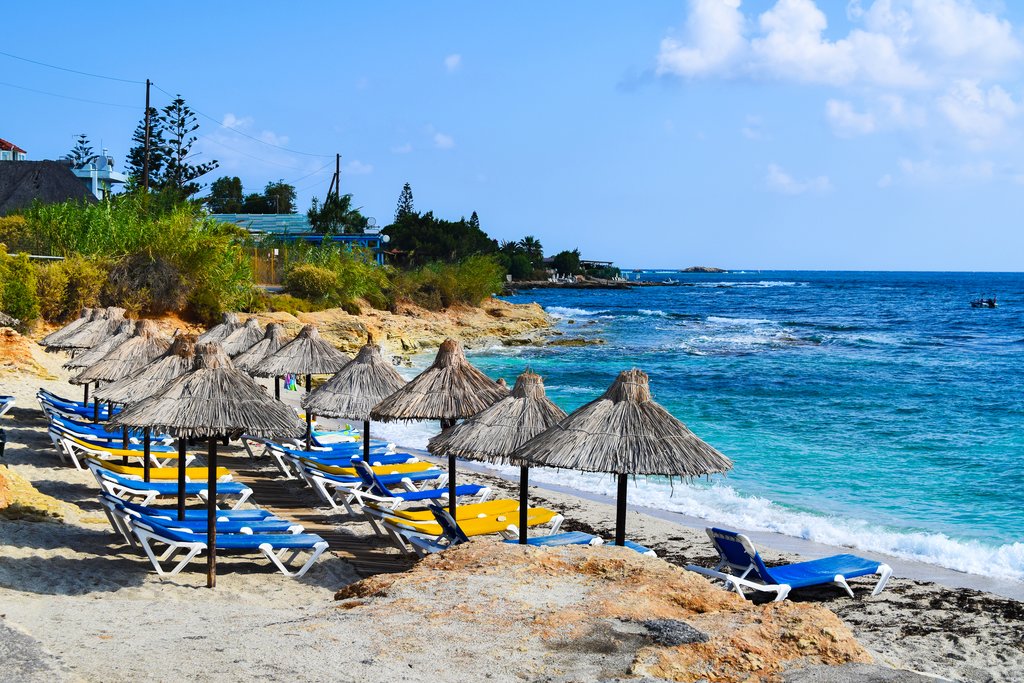
Crete beckons travelers from around the globe with its pristine beaches and the promise of endless sunshine, and summer is undoubtedly the zenith of the beach-going season. During these months, average temperatures gracefully hover in the balmy 70s and 80s Fahrenheit, accompanied by a minimal chance of rainfall. The predictable, delightful weather makes it the ideal time to immerse yourself in the refreshing waters of the Mediterranean Sea and bask in the warm embrace of the Cretan sun. If your heart desires seaside relaxation and weather that is almost guaranteed to be good, then the summer months are unequivocally the best time to visit Crete. Prepare for days filled with sun-kissed skin, the soothing sound of waves, and memories that will last a lifetime.
However, it’s worth noting that the allure of summer in Crete draws considerable crowds. Popular historical sites like **Knossos** and the captivating island of **Spinalonga** experience a significant surge in visitors. To ensure that you make the most of your trip during this high season, careful planning and preparation are crucial. Book accommodations and tours well in advance, and consider visiting these popular spots early in the morning or later in the afternoon to avoid the peak crowds.
Accommodation across Crete, particularly in popular tourist destinations, tends to sell out quickly during the summertime. Securing your lodging arrangements well in advance is highly recommended to avoid disappointment and ensure a comfortable stay. Furthermore, when crafting your itinerary, consider incorporating some of the island’s lesser-known treasures. Venture beyond the well-trodden paths and discover hidden gems that offer a more authentic and tranquil experience.
The advantage of sightseeing in Crete during the summer months is the extended opening hours of many attractions. This provides you with ample opportunity to immerse yourself in the island’s rich archaeological heritage and explore its historical wonders at your own pace. Take advantage of the long daylight hours to delve into the fascinating stories of the past and connect with the vibrant culture of Crete.
Resort towns strategically lining the northern coast of Crete, along with the bustling cities of **Heraklion** and **Chania**, become magnets for a large influx of visitors throughout the summer season. To escape the vibrant energy and occasionally overwhelming crowds, consider venturing down to the more secluded southern coast, or perhaps inland to discover the charm of traditional towns such as **Archanes**. These areas offer a quieter, more authentic experience of Crete, allowing you to connect with the local culture and savor the island’s natural beauty in a more intimate setting.
### Summer Events
**Navy Week (June):** This event, most notably celebrated in **Soudha Bay**, near Chania, is a vibrant tribute to all things maritime. Navy Week is dedicated to the celebration of swimming, sailing, and the allure of the sea.
**Cretan Diet Festival (July):** Held in the charming city of **Rethymnon**, this festival is a culinary extravaganza dedicated to the exquisite flavors of Cretan food. The festival features a range of exciting activities, including engaging cooking classes, delightful wine tastings, booths showcasing and selling local products, and captivating musical performances.
**Feast of Agios Titos (August):** This deeply rooted religious festival honors Agios Titos, the patron saint of Crete. The main events are traditionally held in the bustling city of Heraklion, attracting locals and visitors alike.
## Fall in Crete (September through November): A Season of Serenity and Harvest
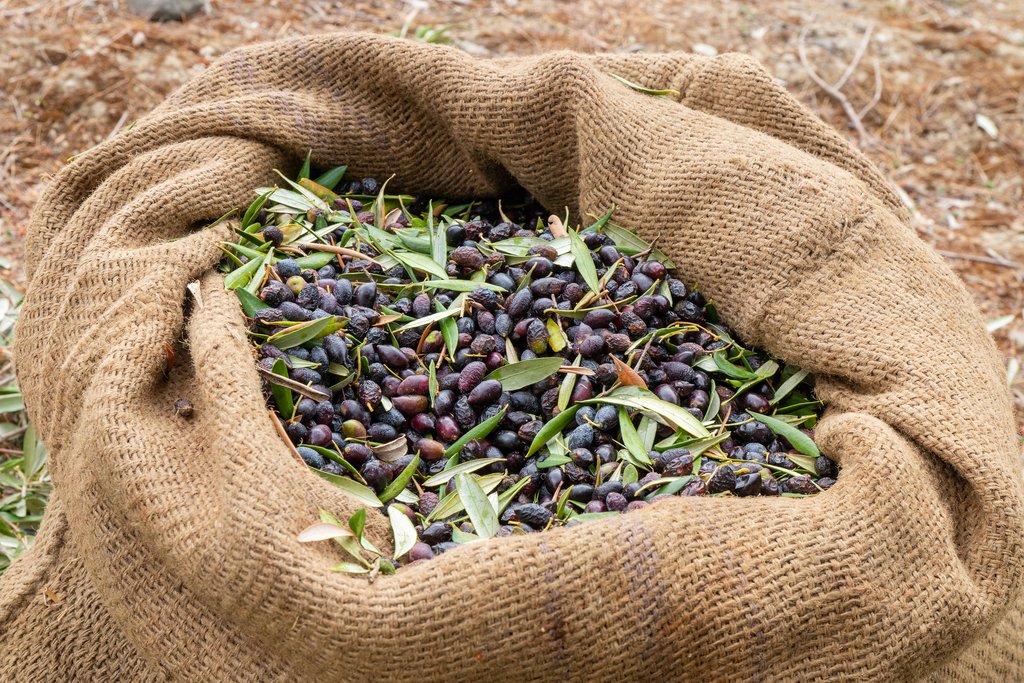
If you yearn for the idyllic beaches of Crete but are equally keen to avoid the large crowds that define the summer months, then fall emerges as a compelling and rewarding time to plan your travel. The weather retains a pleasant and inviting character throughout the season, with average temperatures comfortably resting in the 60s and 70s Fahrenheit. While you might encounter a few rainy days, particularly as November approaches, the early weeks of fall are typically graced with warm, sunny conditions that are perfect for outdoor exploration and relaxation.
Most of the island’s attractions maintain their extended summer opening hours until November 1st, rendering September and October an excellent window for undisturbed sightseeing and cultural immersion. Archaeological sites are generously scattered across the island, with many captivating locations within easy day-trip distance from the urban hubs of Chania or Heraklion. You can wander through these historical treasures without feeling rushed or overwhelmed by crowds.
Fall offers exceptionally comfortable temperatures for venturing around Crete’s inland archaeological sites. The Minoan cities of **Phaistos**, **Gortyn**, and **Malia**, along with the renowned **Knossos**, stand as compelling destinations that are well worth a visit. It’s also a good time to see **Spinalonga**, a well-known islet with a Venetian fortress off the coast of eastern Crete. Regular boat service to Spinalonga stops in the winter, and summers are very busy; the best times to visit are in fall or spring.
Finally, there’s one more great thing to do in Crete in the fall: eat. The island is renowned for its rich and healthy diet, deeply rooted in the traditions of the Mediterranean. Fall signifies harvest time, when an abundance of fresh vegetables are readily available, and the tender Cretan olives are at their peak of flavor. This is the ideal season for savoring the island’s culinary delights.
### Fall Events
**World Tourism Day (September):** Celebrated around the globe on September 27th, in Crete, World Tourism Day features free food samples and free admission at some of the island’s attractions.
**Oxi Day (October):** Taking place on the 28th of October, this national holiday commemorates Greece’s refusal to allow Mussolini’s troops to enter the country in 1940. *Oxi*, sometimes written *ohi* or *ochi*, means “no” in Greek. Travelers can expect closures and parades in most Cretan towns.
**Chestnut Festival (October):** In the village of **Elos**, this yearly festival offers visitors a chance to taste many types of chestnut products.
## Spring in Crete (March through May): A Season of Renewal and Celebration
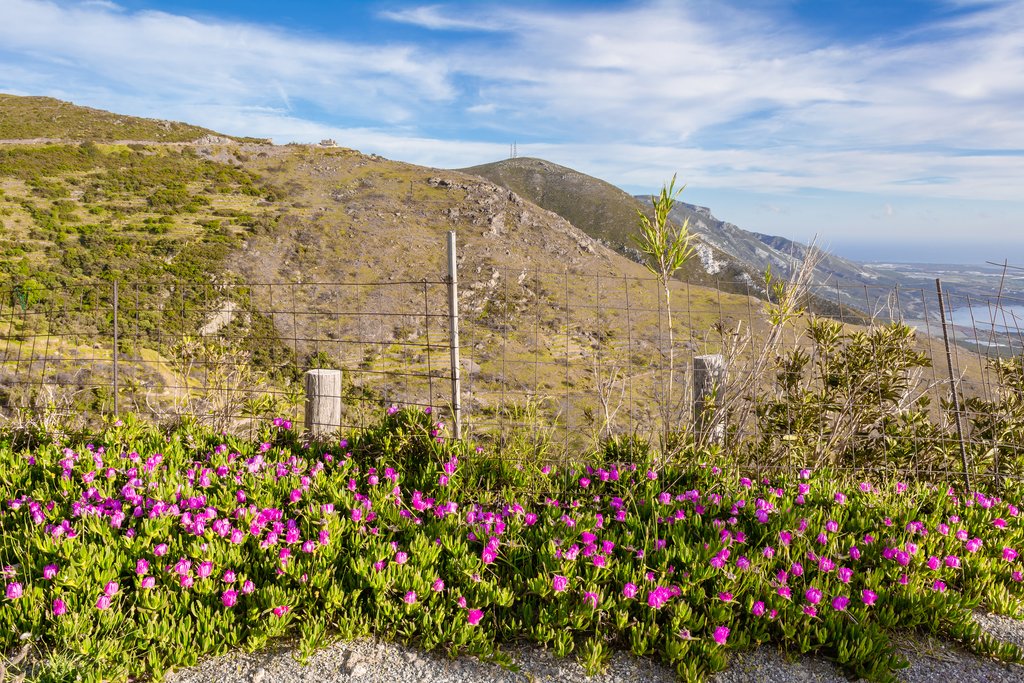
In Crete, spring heralds a time of renewal, with the island bursting into a kaleidoscope of blooming flowers and gradually warming temperatures. It presents a unique opportunity for outdoor sightseeing, offering a tranquil experience before the arrival of the summer crowds. By April 1st, most attractions will have already transitioned to their extended opening hours, allowing you to fully immerse yourself in the island’s cultural and historical treasures. Visitors will also be able to experience a Cretan Easter (dates are usually different from Western Christian Easter; check in advance to confirm).
Tantalizing traditional sweets, like *tsourekakia* (sweet rolls) and *kalitsounia* (cheese and herb pies), are eaten around Easter. Processions take place throughout the island on Good Friday, while Easter Saturday is celebrated with bonfires and a midnight mass. Some attractions may be closed for the holiday.
Many other big events happen in the spring in Crete, like **Greek Independence Day**. If you plan to visit at this time, pay special attention to the dates you choose—you may want to align with a specific festival, or avoid closures on public holidays.
### Spring Events
**Greek Independence Day (March):** On March 25th, the declaration of the **Greek War of Independence** is celebrated with parades throughout the country.
**Festival of Agios Georgios (April):** Cretans celebrate Agios Georgios, the patron saint of shepherds, on April 23rd each year. A large event takes place in the village of **Asi Gonia**, where hundreds of sheep are milked in the town square.
**May Day (May):** May 1st is now known as **International Workers’ Day** in Greece, but it also corresponds with an older tradition known as May Day. May Day is celebrated in Crete with flower shows and decorative wreaths.
## Winter in Crete (December through February): A Season of Tranquility and Tradition
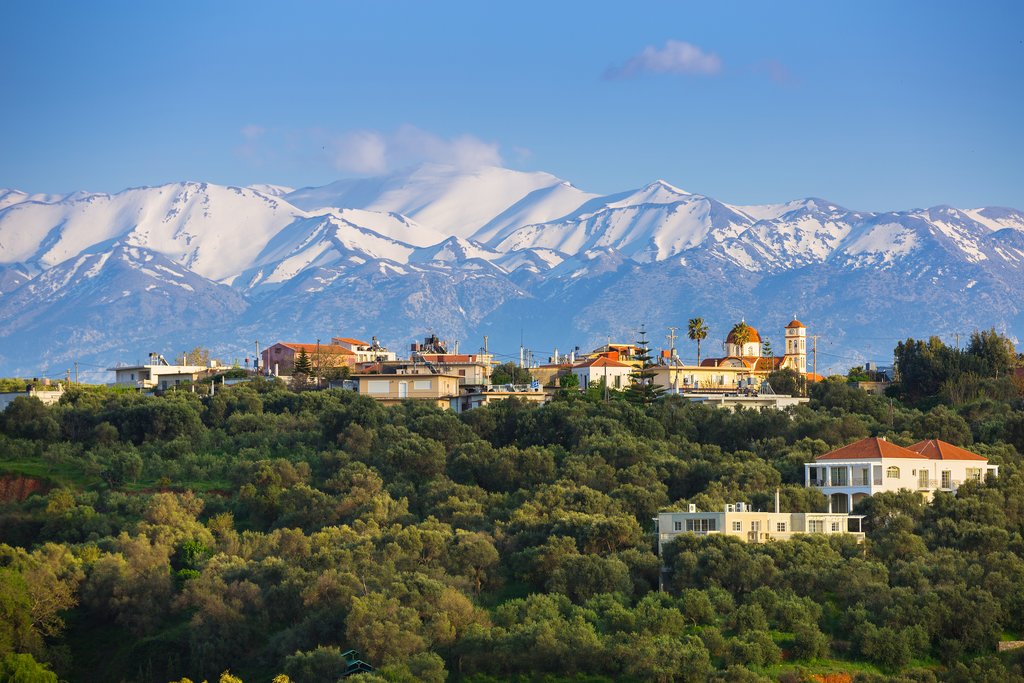
Winter represents the off-season in Crete, offering a distinct and often overlooked charm for those seeking a different kind of travel experience. While the weather can be unpredictable, with periods of rain and even snowfall, particularly in the island’s mountainous regions, sunny days are not uncommon either. Typical temperatures generally range in the 50s and 60s Fahrenheit, rarely dipping below the freezing point.
Although some attractions may operate on shortened winter hours, visitors can anticipate reduced prices, particularly on accommodations. This makes winter an attractive option for budget-conscious travelers. Those in search of a peaceful vacation, enriched by cultural immersion and a slower pace of life, will undoubtedly find Crete in winter to be a rewarding destination.
While many restaurants and attractions in the tourist-oriented resort towns temporarily close down for the offseason, visitors will discover plenty of activities and cultural experiences to enjoy in the larger cities of Heraklion and Chania. These urban centers maintain a vibrant atmosphere year-round, with businesses remaining open to serve the local population. Winter also presents a unique opportunity to enjoy a quiet and unhurried visit to the island’s archaeological sites, free from the crowds that characterize the peak seasons. For those seeking an adventurous experience, consider heading up to the **White Mountains** or the **Dikti Mountains** for some hiking and winter sports, offering a thrilling perspective of Crete’s natural beauty.
### Winter Events
**Christmas (December):** While Christmas lights and plastic trees can be seen on Crete, a more traditional Christmas decoration is the *karavaki* (small boat). Other traditions include caroling and eating Christmas sweets, usually flavored with fruit and honey.
**Epiphany (January):** On January 6th, head to Crete’s coastal villages to see the “Blessing of the Waters” ceremony (where a priest throws a cross into the water, and swimmers have to dive in to retrieve it).
**Carnival (February):** Greek Carnival, known as *Apokries*, is celebrated before the beginning of Lent. It’s marked by street parties featuring music, dance, and costumed performers. Celebrations are held in Rethymnon and Malia.
B-1012

